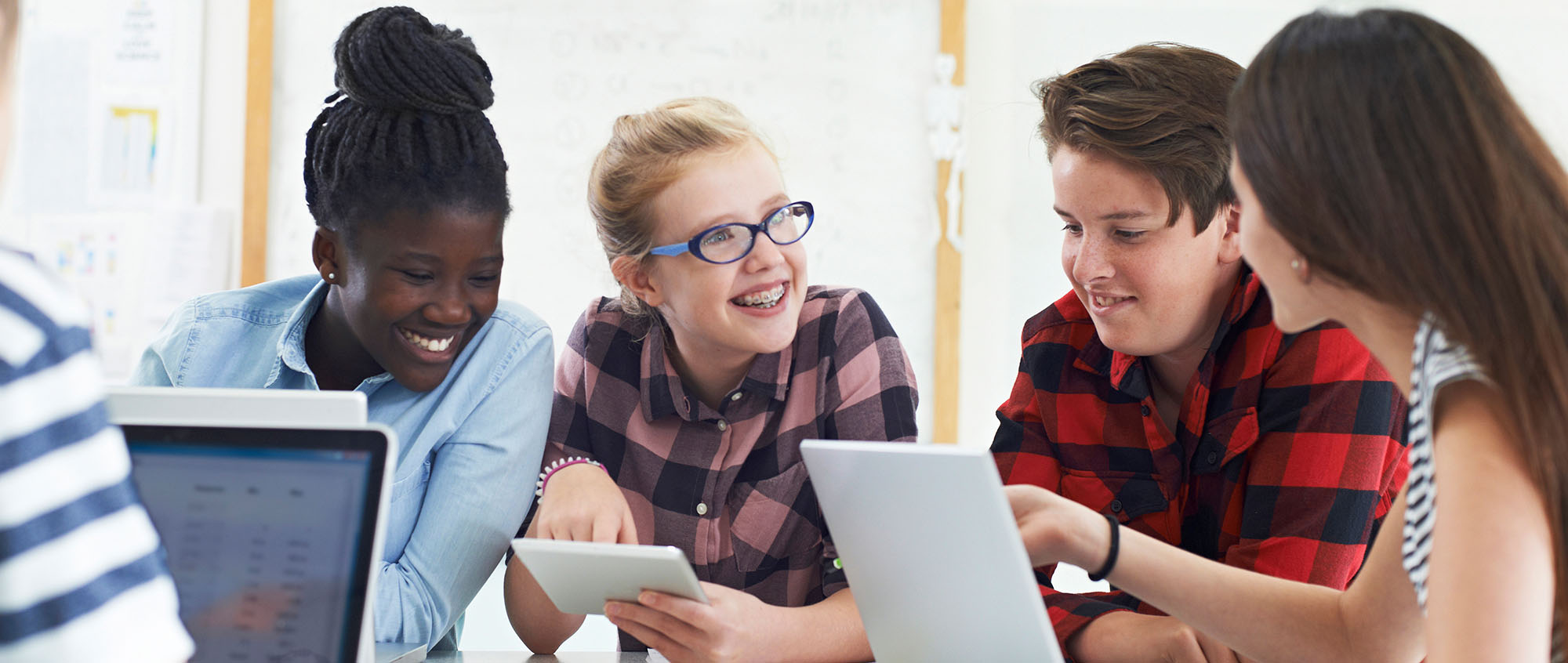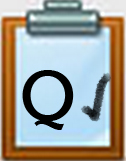Q4 STEAM Roller Coaster: Build One
Build One - Engineering Challenge
Follow the steps to design your own roller coaster.
Step 1. Form small design teams of three to four classmates. Your team will apply knowledge of the design process and how potential and kinetic energy work together to build a successful coaster model.
Step 2. At your first team meeting, read over the Step 5 Directions & Grading Rubric document.
Step 3. Analyze team members' strengths by sharing personal expertise and interest areas such as Internet research, being a good scavenger for needed materials, being a good design visionary, being a good assembler, being a good sketcher, being a good team leader to keep things on task, and being a good note-taker.
Step 4. Identify a team note-taker to make a copy of this Roller Coaster Team Planning document and share it online with team members or print it out.
Step 5. Look for the green highlighted ⭆ arrows. Begin to fill out part two, adding ideas and team member names as they volunteer.
Step 6. Make a drawing in step three and meet with your teacher for approval to begin construction and gathering materials. Modify the team planning chart if needed.
Step 7. Once approved, begin work on constructing your coaster.
Step 8. Begin the test runs and document it in your Roller Coaster Team Planning document. Complete all of the trial runs, making changes and improvements as needed.
Step 9. Review the rubric in the Step 5 Directions & Rubric document and make any changes needed before you turn your team planning document and roller coaster work into your teacher.
Step 10. Write a CONCLUSION REPORT—Create a three-minute project report using any technology process the team selects, including some video and/or still images. Have a team discussion, with each partner contributing to an analysis and answering the following questions.
Did I/we meet my/our learning goal(s) at the top of the roller coaster team planning document?
What are some good decisions and steps we took to solve specific problems with the design and construction?
Make your own roller coaster videos
Watch one or both of the videos to learn how to make your own roller coaster.
- I Built a Huge Lego Roller Coaster Floor to Ceiling (10:53 min.)
- Dad Builds Backyard Roller Coaster (11:30 min.)
Competencies & Standards
MITECS Michigan Integrated Technology Competencies for Students, and
3. Knowledge Constructor
c. Curate information from digital resources using a variety of tools and methods
4. Innovative Designer
a. Know and use a deliberate design process for generating ideas, testing theories, creating innovative artifacts or solving authentic problems
b. Select and use digital tools to plan and manage a design process that considers design constraints and calculated risks
c. Develop, test and refine prototypes as part of a cyclical design process
d. Exhibit a tolerance for ambiguity, perseverance and the capacity to work with open-ended problems
5. Computational Thinker
b. Collect data or identify relevant data sets
Websites and Documents
Websites
- Amusement Parks Physics
- ck-12 Physics Simulations
- Design a Roller Coaster
- Five-step Engineering Process
- How Roller Coasters Work
- How Stuff Works - Roller Coasters
Videos From Outside Sources
- Dad Builds Backyard Roller Coaster YouTube
- How Can a Roller Coaster go Upside Down without Falling? PBS Kids Video
- I Built a Huge Lego Roller Coaster Floor to Ceiling YouTube
21t4s Videos
- None
21t4s Documents & Quizzes




